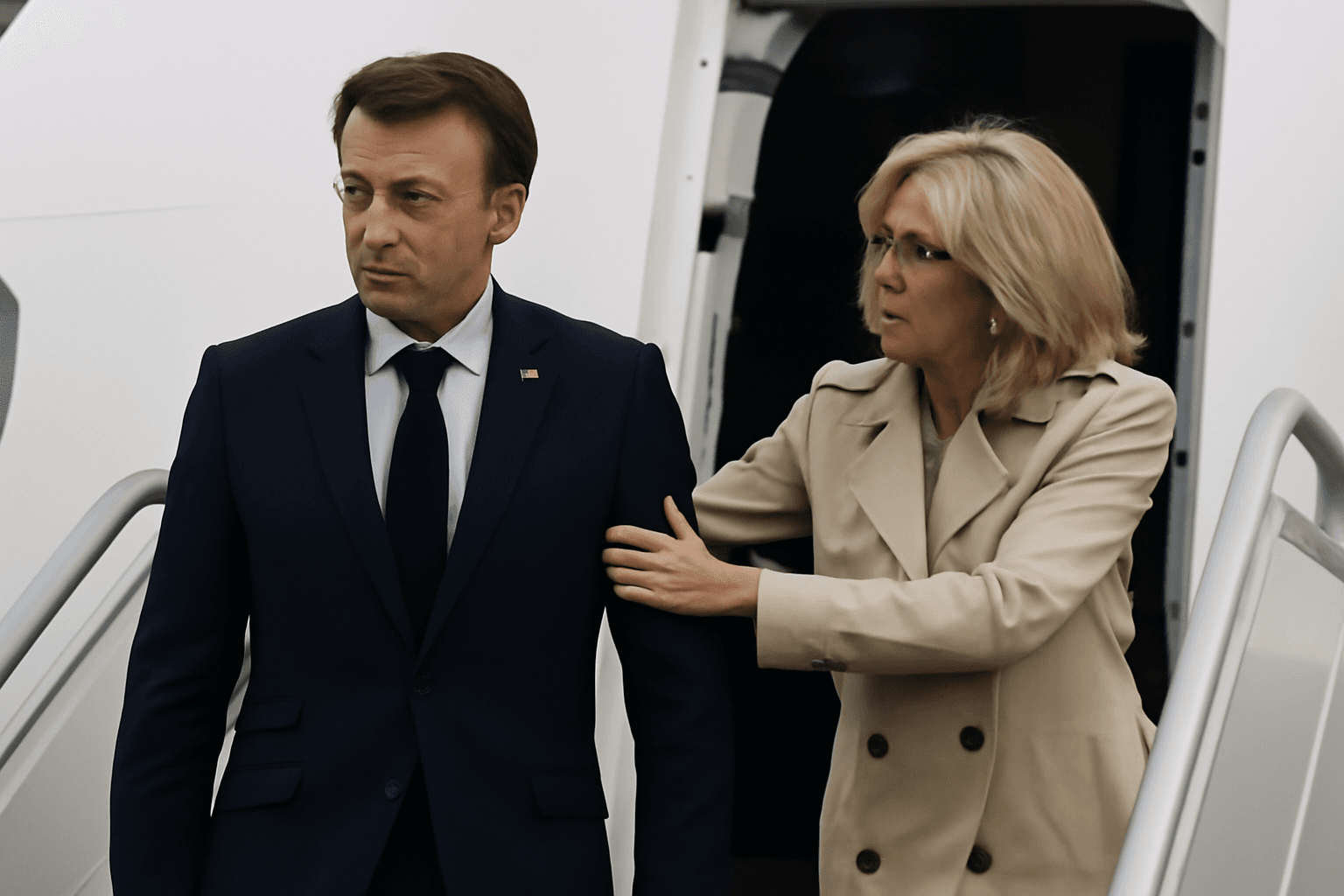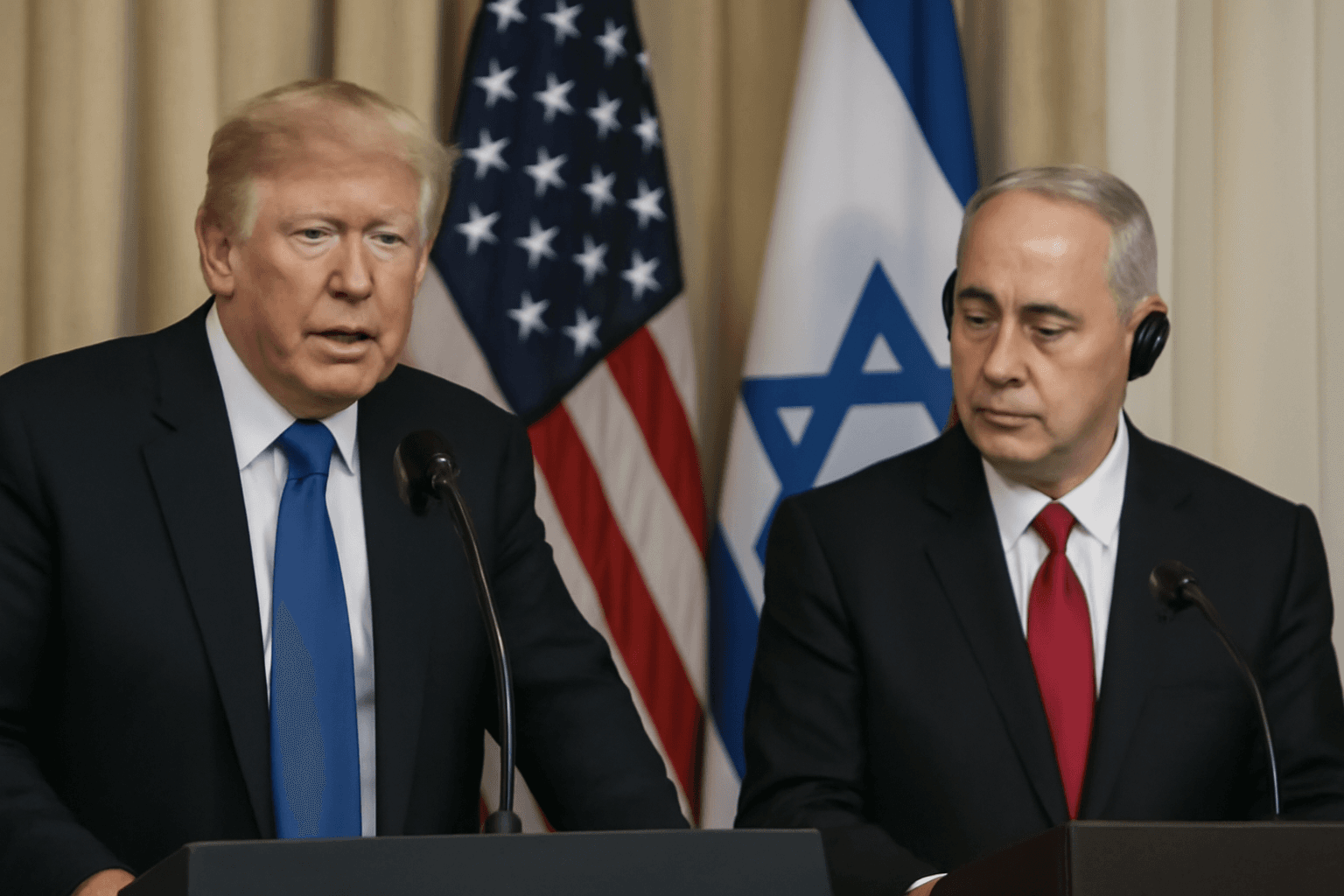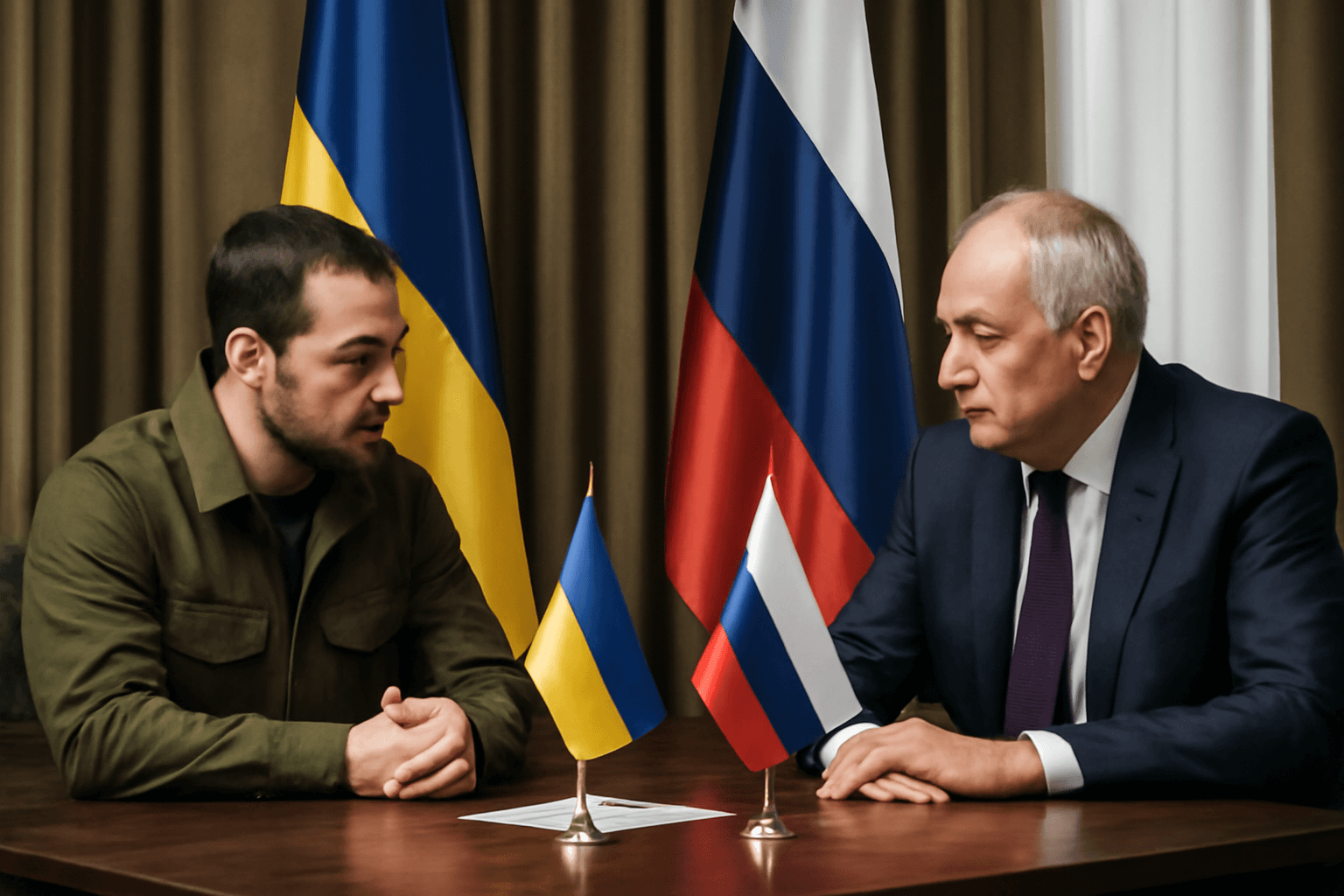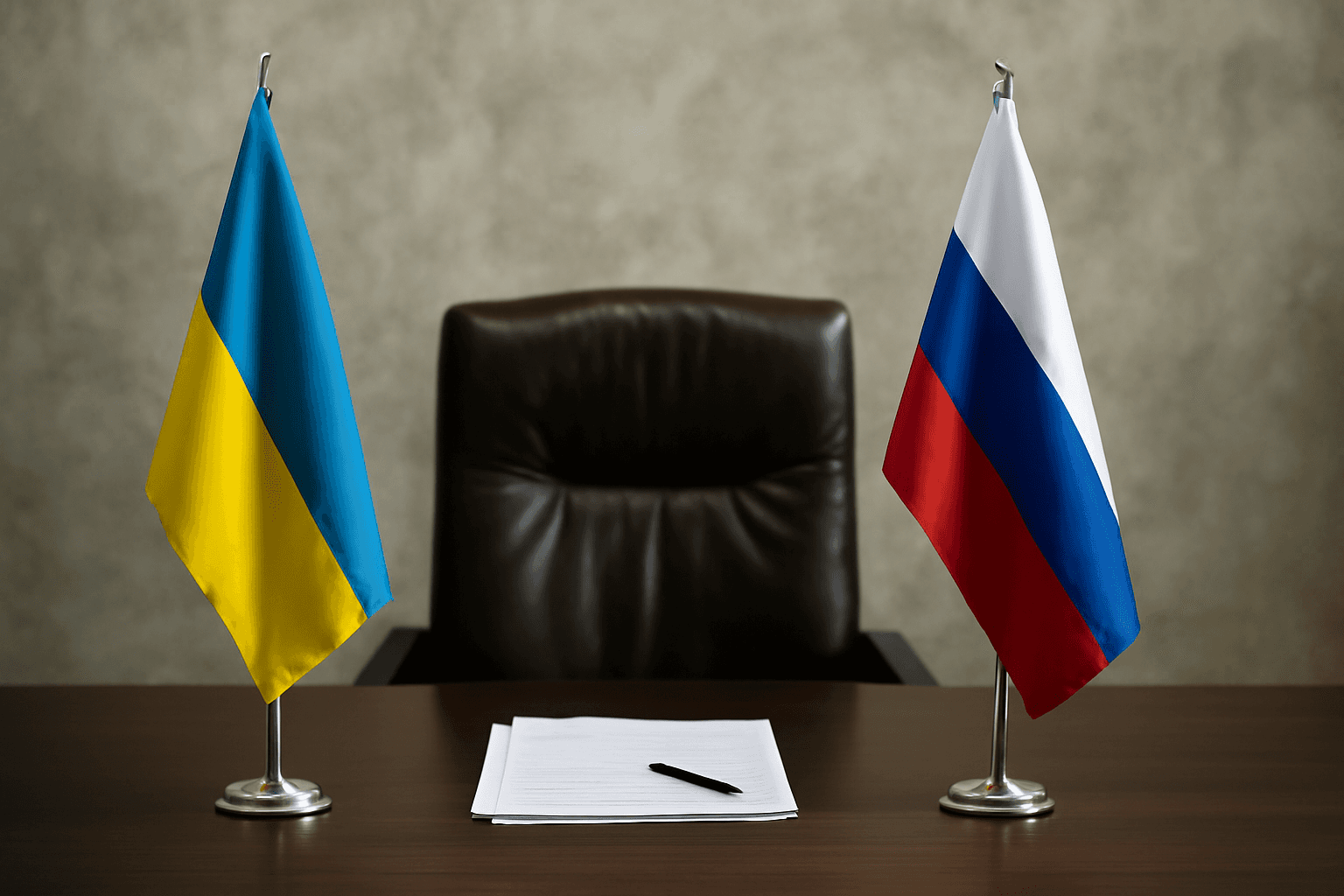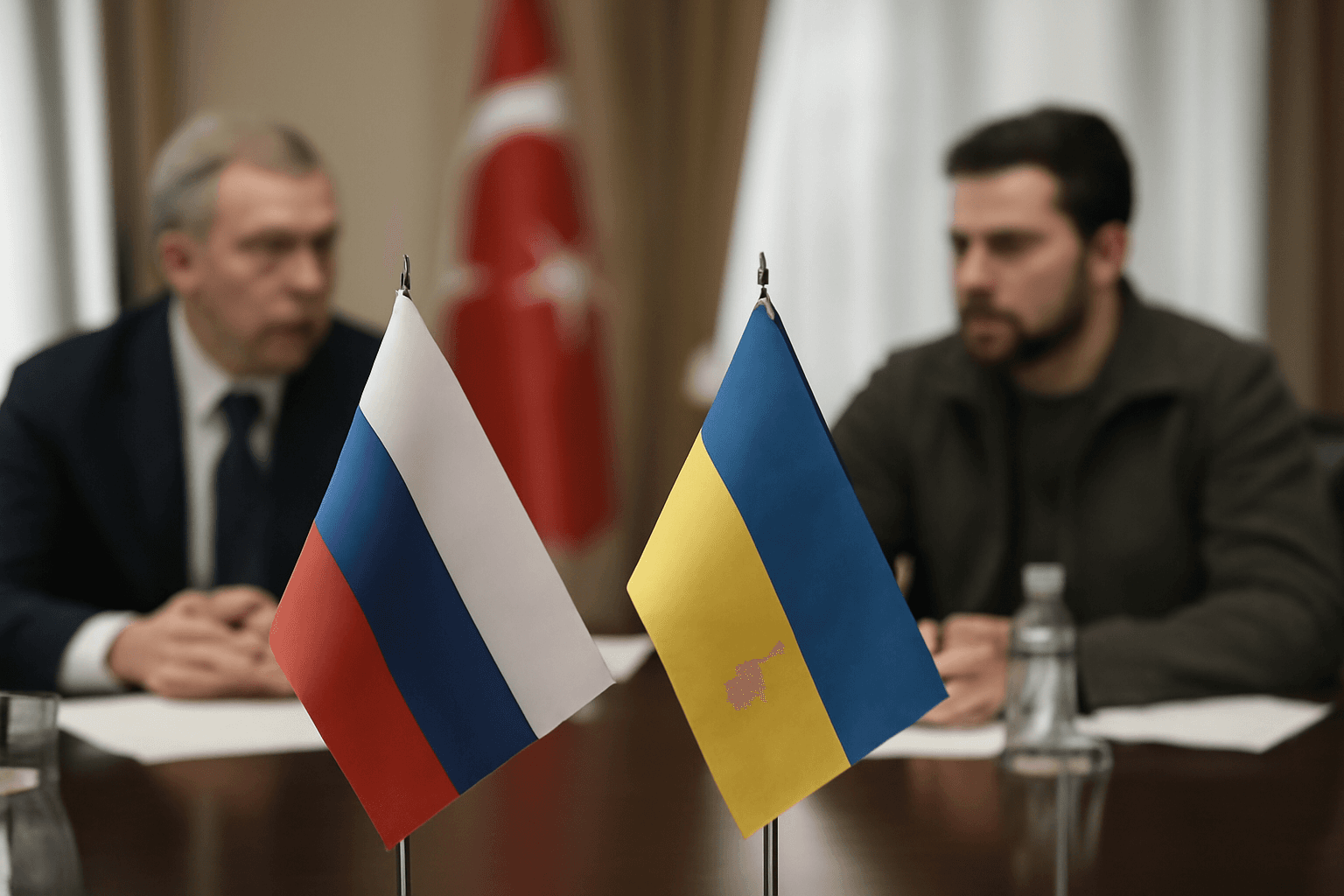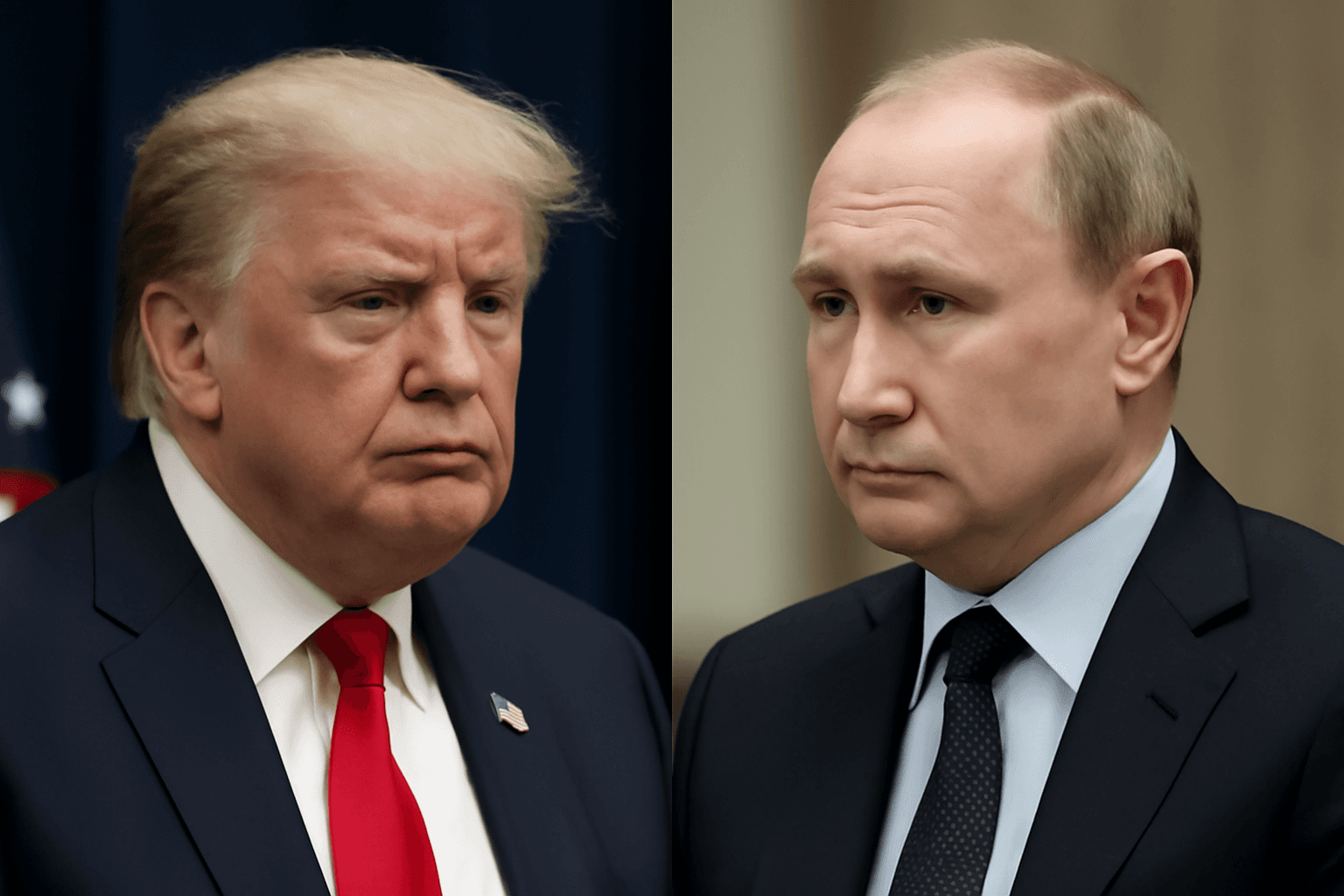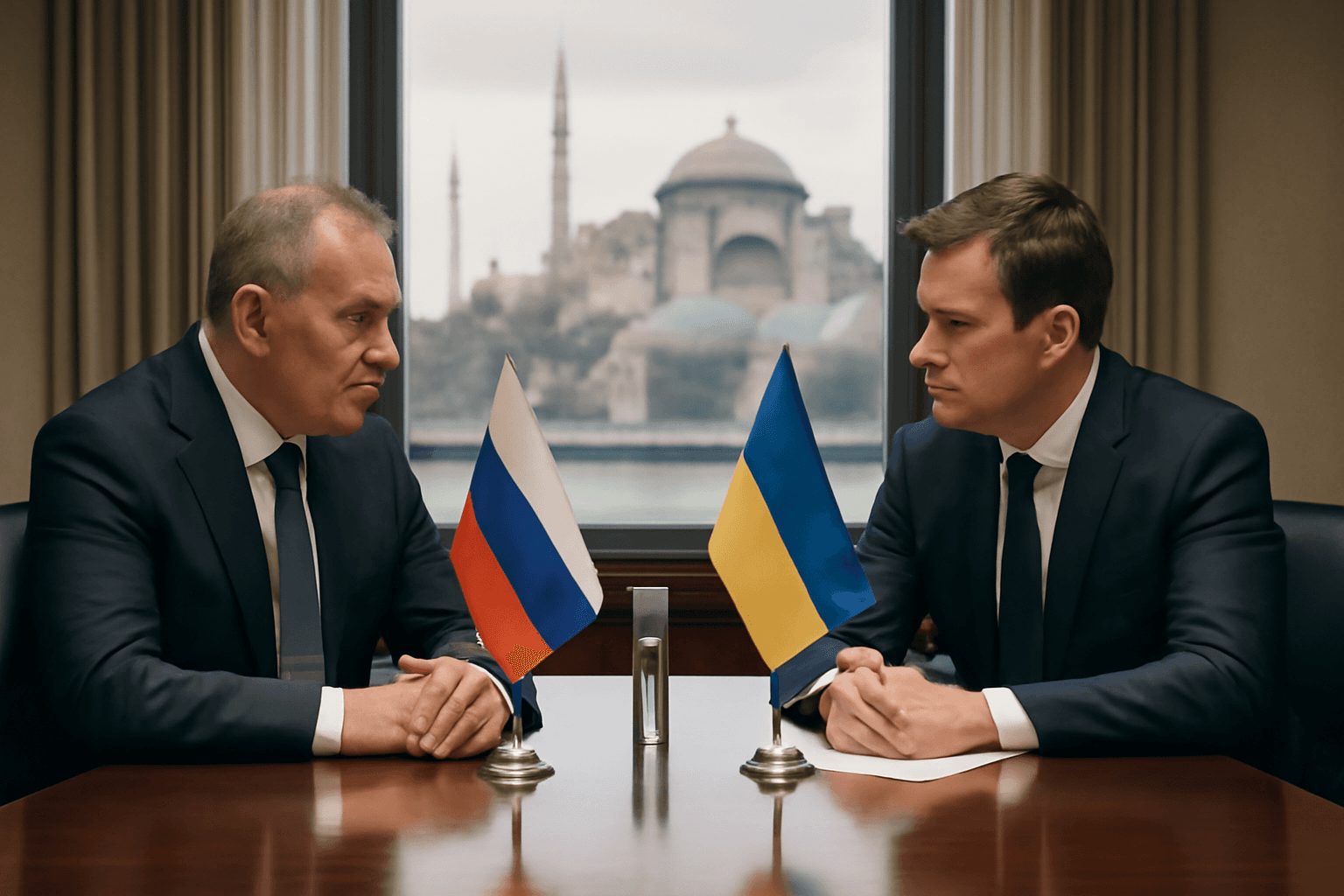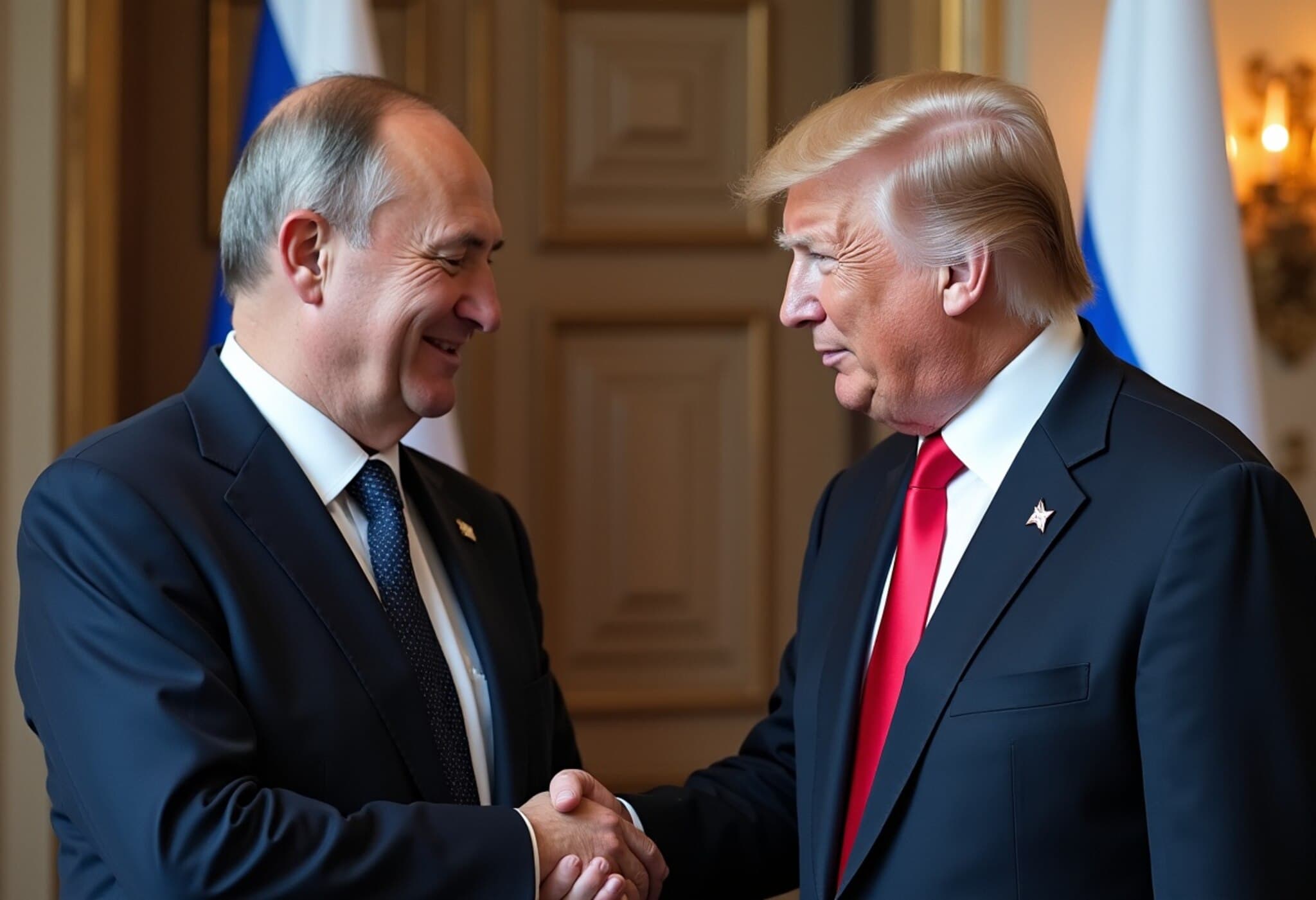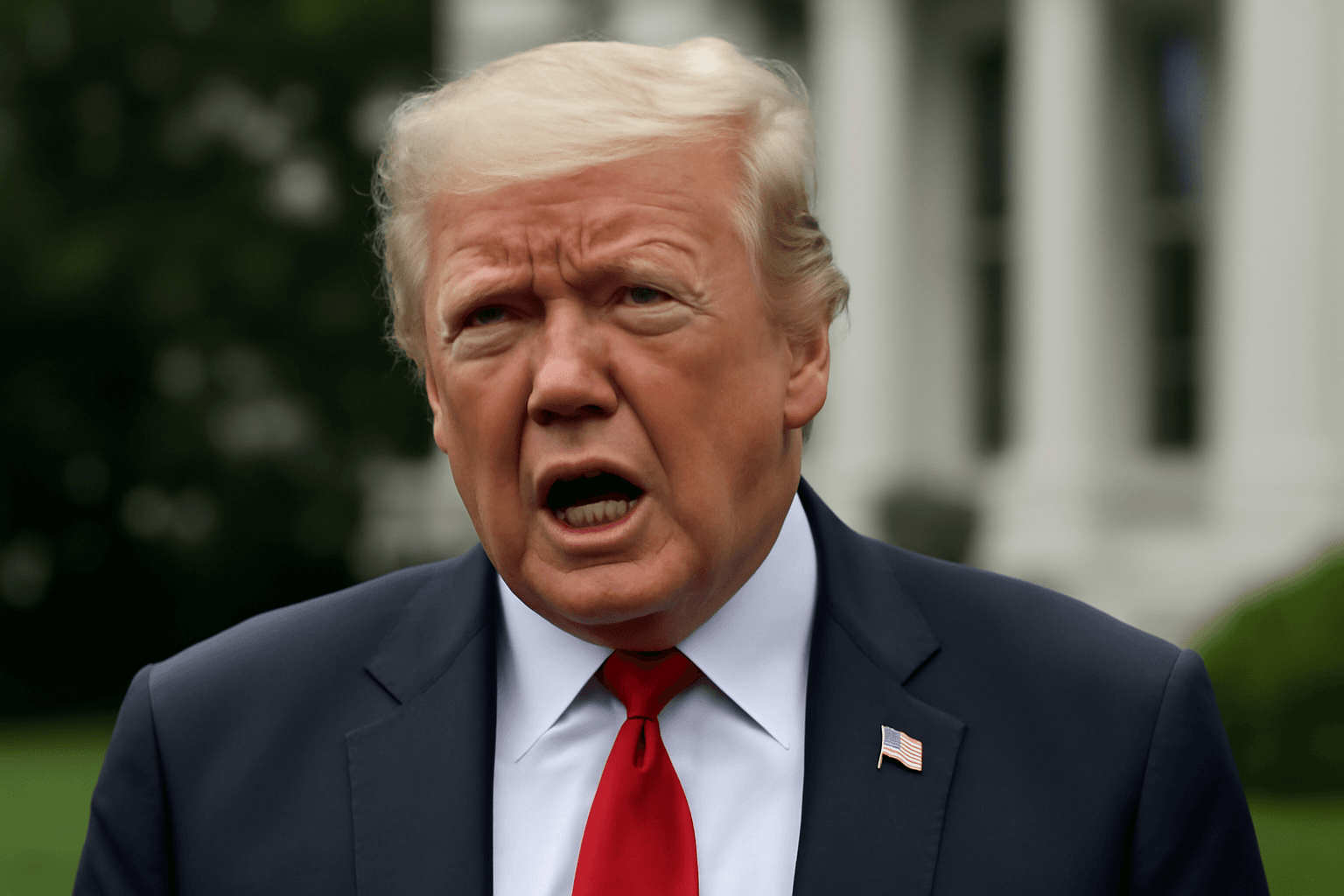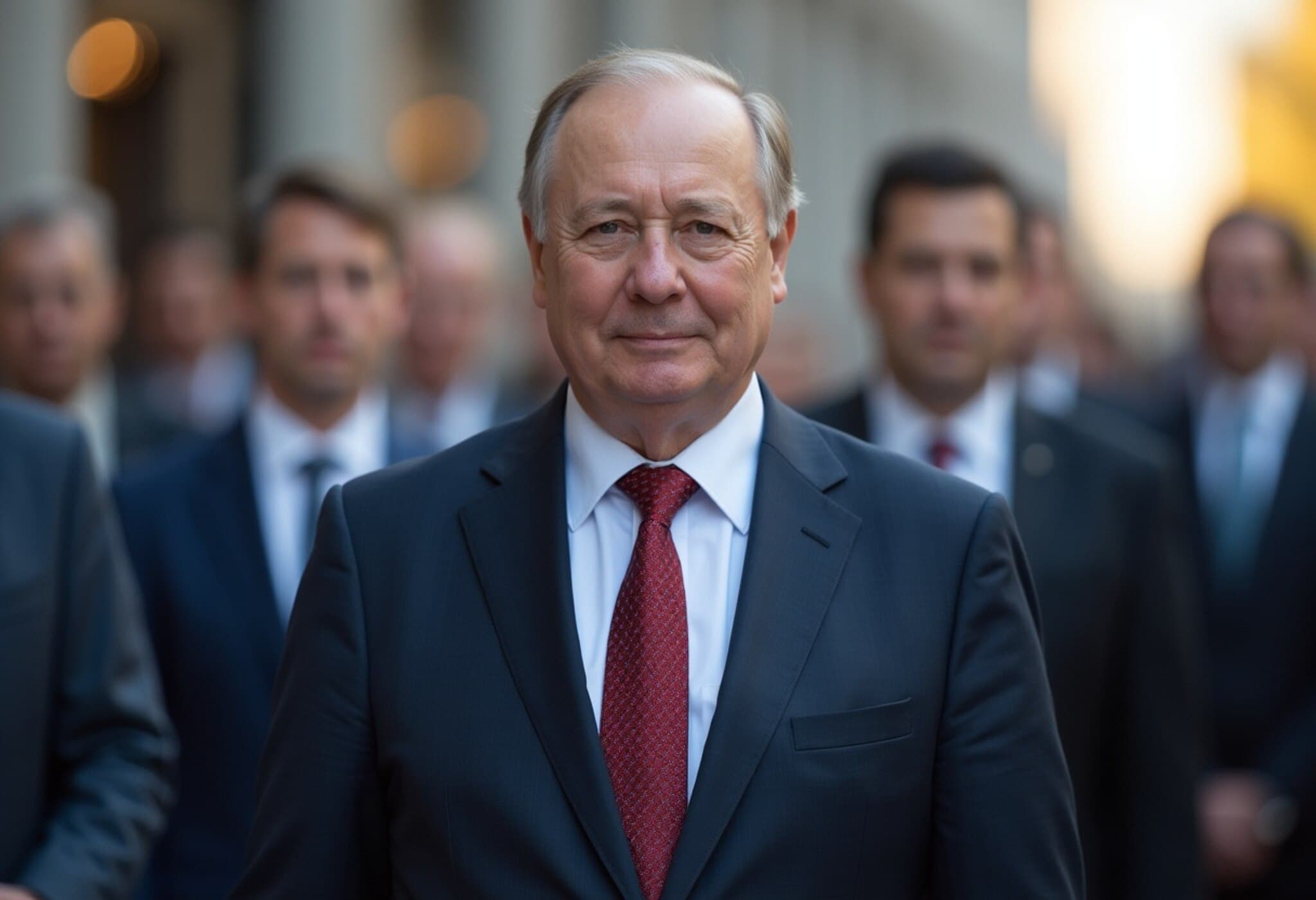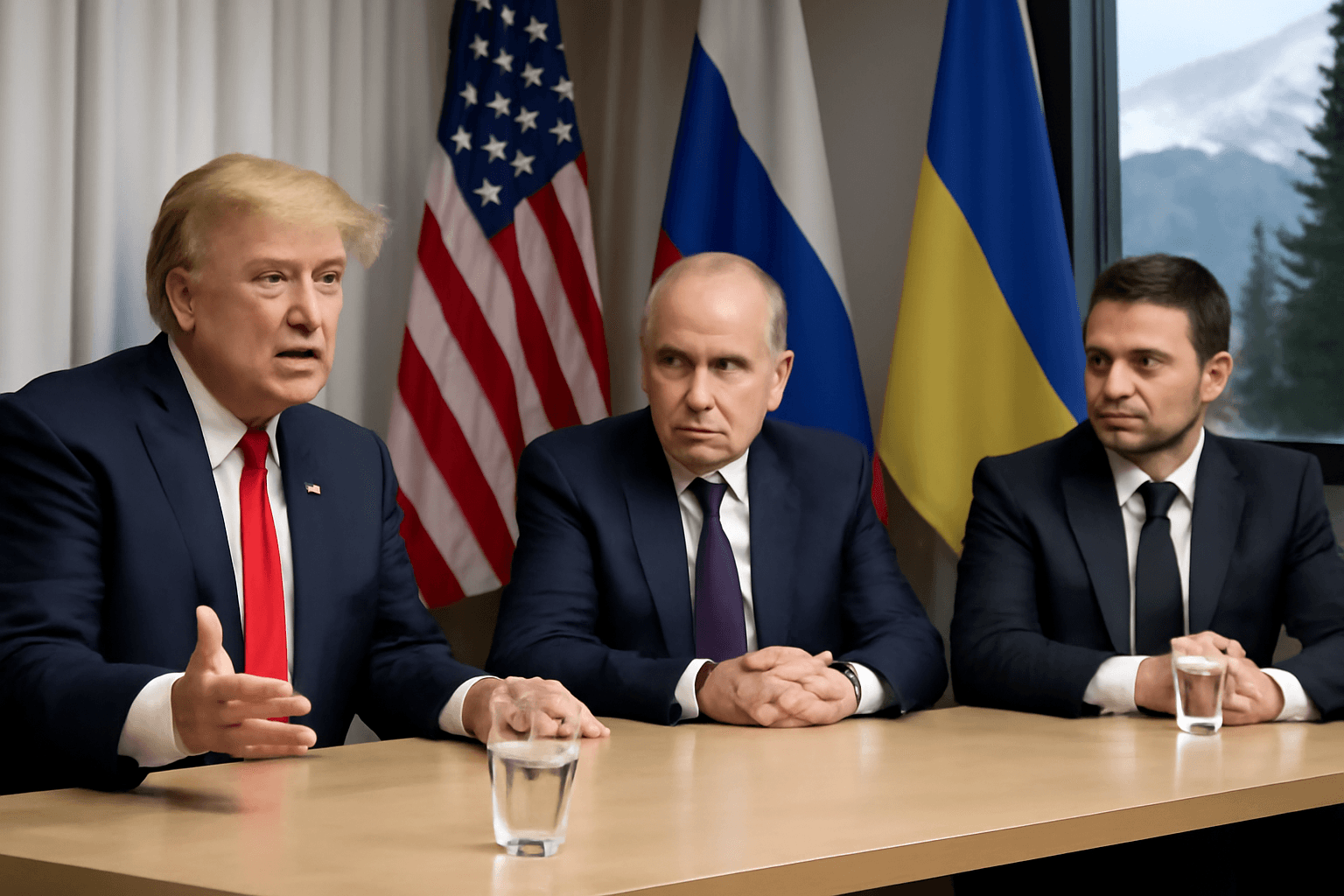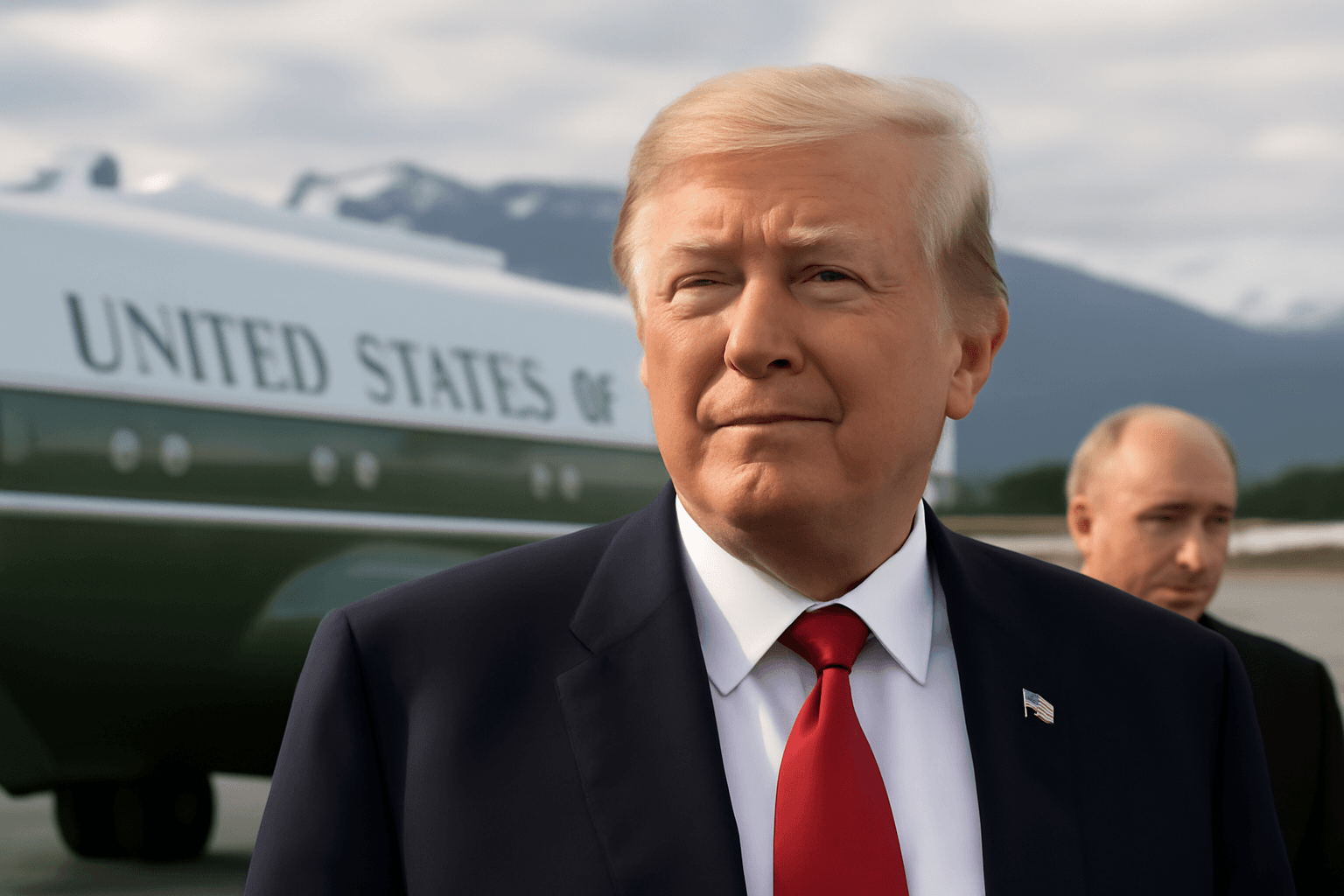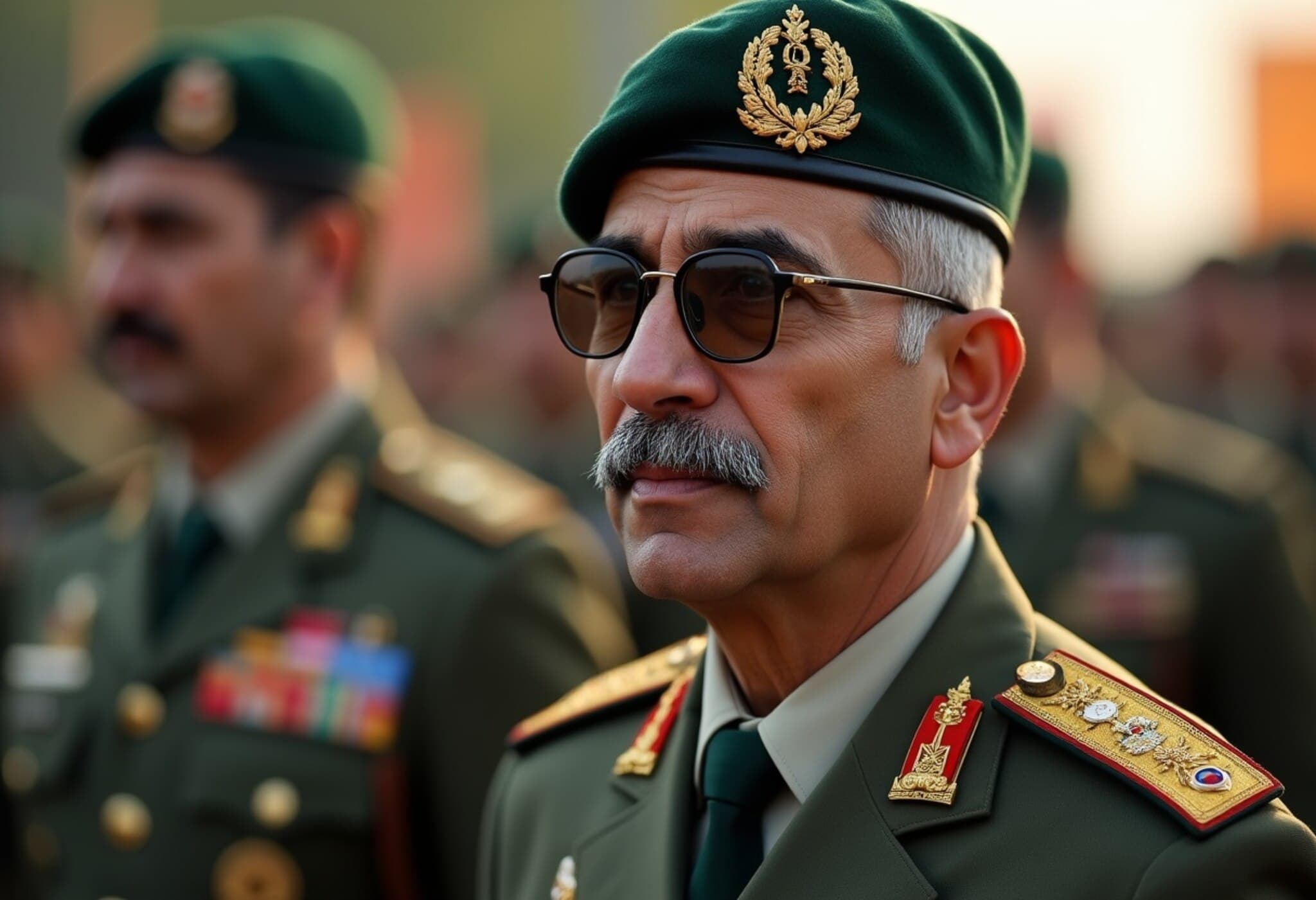Lavrov’s USSR Sweatshirt Stirs Diplomatic Tensions in Alaska
In a move that has captured global attention, Russian Foreign Minister Sergei Lavrov arrived in Alaska wearing a sweatshirt emblazoned with CCCP — the Cyrillic abbreviation for the former Soviet Union. This sartorial choice, coinciding with high-stakes discussions between Russian President Vladimir Putin and former U.S. President Donald Trump, has ignited a firestorm of commentary, with critics interpreting it as a provocative gesture harkening back to Russia’s imperial ambitions.
The Symbolic Weight of the Sweatshirt
The sweatshirt, produced by Selsovet, a brand specializing in Soviet-era heritage clothing from Chelyabinsk, Russia, is not just a fashion statement but a loaded political symbol. It evokes the memory of the Union of Soviet Socialist Republics, a vast transcontinental state that dissolved in 1991 but whose legacy continues to influence contemporary geopolitics.
This choice of attire is particularly sensitive as the summit takes place in Alaska, a state that Russia sold to the United States in 1867. For many observers, Lavrov’s sweatshirt seemed like a calculated nod to history and to Moscow's vision of reasserting influence over former Soviet territories, including Ukraine and Belarus.
Mixed Reactions: From Satire to Serious Concern
Social media rapidly exploded with reactions. Former Lithuanian Foreign Minister Gabrielius Landsbergis joked on Twitter (then known as X): “Just give us half of Ukraine and we promise we will stop,” highlighting the ongoing conflict and Moscow’s territorial ambitions.
Users branded Lavrov the “trollmaster” for his apparent mockery of U.S. soil, with comments such as:
- “The Russians are laughing at America and the West.”
- “War criminal Lavrov boldly flaunts imperialist ambitions on U.S. territory.”
- “If Trump doesn't respond, America risks becoming a laughingstock.”
Belarusian opposition figure Franak Viačorka cautioned that the sweater symbolized Russia’s desire to drag neighboring nations back under Moscow’s control, stating: “Dictators cannot be appeased.”
Contextualizing the Summit and Its Symbolism
The Alaska summit’s venue itself has drawn scrutiny. Hosting such a pivotal meeting in a place once owned by Russia adds layers of historical irony and political symbolism, particularly given the contentious post-Soviet landscape. Former U.S. National Security Advisor John Bolton remarked that the meeting was already a win for Putin, underscoring the delicate power dynamics at play.
The sweatshirt incident spotlights how even small gestures can be weaponized in diplomatic theatre, revealing deeper tensions beneath the formalities of international negotiations.
Expert Insight: Why Symbolism Matters in Diplomacy
Experts in international relations stress that apparel and symbols often serve as subtle but potent tools in diplomacy. Dr. Elena Markova, a scholar of Russian politics, explains:
“Lavrov’s choice is likely intentional—sending a message about Russia’s historical identity and ambitions. It’s a form of soft power signaling that challenges Western narratives and reminds audiences of Russia’s enduring influence.”
From an American perspective, such provocative symbolism on U.S. soil challenges the decorum expected in diplomacy and raises questions about how symbolism can undermine or shape negotiations.
Looking Ahead: What This Means for US-Russia Relations
The sweatshirt episode is more than a wardrobe faux pas; it embodies the fraught relationship between Russia and the West. As discussions on sensitive geopolitical issues continue, this moment serves as a reminder that gestures and symbols carry weight in shaping public perception and international dialogue.
Observers should watch closely how leaders respond—not just with words but with actions—to such implicit challenges. The risk remains that unresolved historical grievances, amplified by symbolic acts, could derail efforts toward diplomacy and peace.
Editor’s Note
Sergei Lavrov's provocative choice to wear a USSR sweatshirt amidst critical talks in Alaska provides a rare glimpse into the interplay between symbolism and international politics. It raises important questions about how historical legacies shape current conflicts and the nuances of diplomatic communication. Could this incident mark a deeper impasse or open new avenues for understanding? For readers, it underscores the power of symbolism in shaping narratives beyond formal statements.


